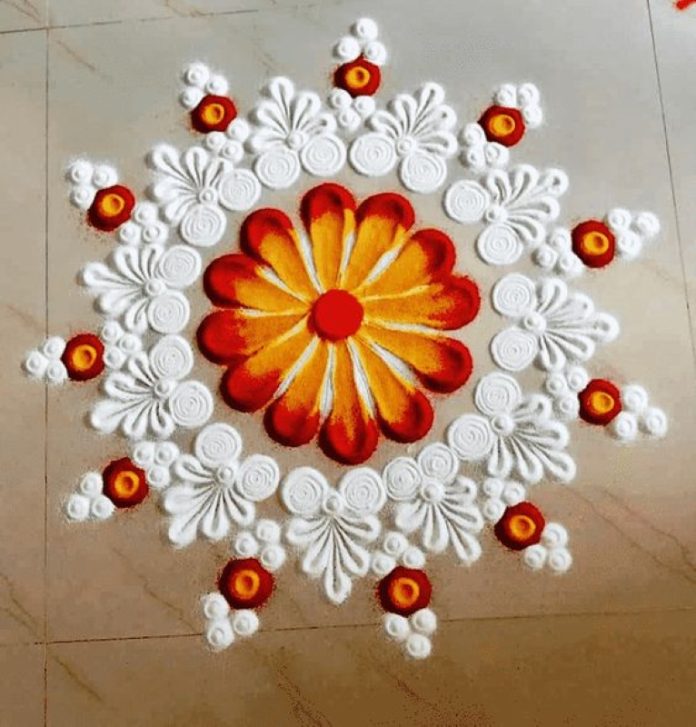Rangoli patterns have a unique place in Indian culture, bringing a colorful touch to a variety of ceremonies and holidays. Using colored powders, rice, or flower petals, skilled artists create intricate and stunning designs. Rangoli designs can be simple even for novices. In this post, we will look at a variety of quick and easy rangoli patterns that draw inspiration from flowers, traditional themes, and the beauty of nature:
Simple rangoli patterns for beginners
Have you ever visited a friend or family and coveted the lovely rangoli at their front door? Beautiful rangoli patterns do not have to be difficult to create. If you are a newbie, here are some easy rangoli patterns for you:
i) Geometric rangoli
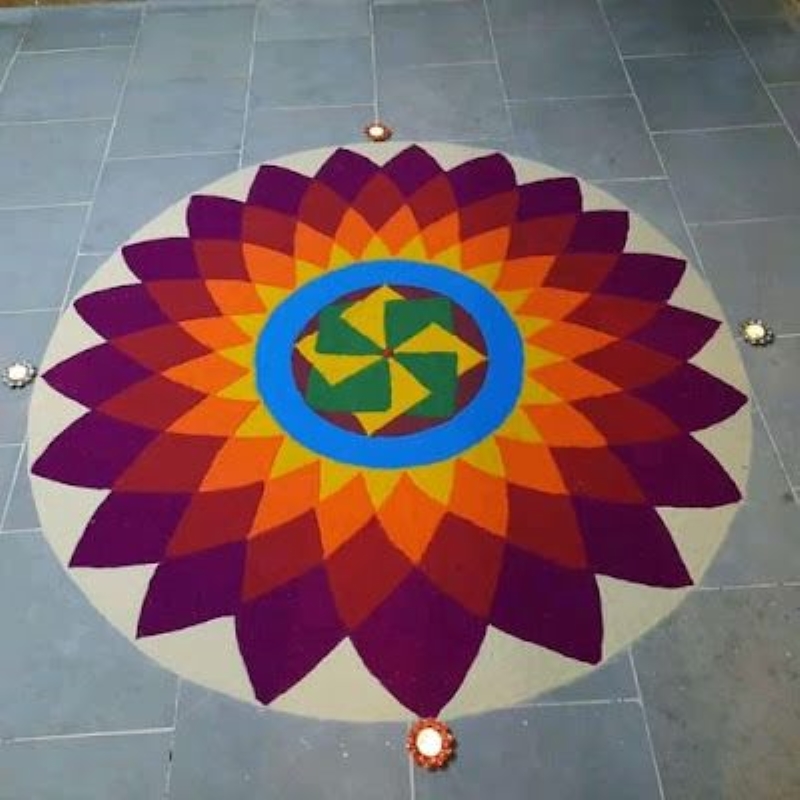
Remember drawing geometric shapes on the back of your school notebooks? If so, this simple geometric rangoli pattern is perfect for you! To give the forms a crisp look, create concentric, repeated patterns in a circular, square, or any other pattern, and apply the appropriate color schemes.
Here’s a step-by-step tutorial for creating your geometric rangoli design:
Step 1: Begin by drawing a rangoli design on the floor. Make careful you use chalk and tape to draw clear, symmetrical lines.
Step 2: Begin filling in the shapes with the various colors you’ve chosen. Simply fill the shapes with the rangoli.
Last, Step 3: Carefully draw outlines with white rangoli to highlight the forms’ borders. You may also use the same color for the borders to make them appear more substantial.
ii) Ganesh Rangoli
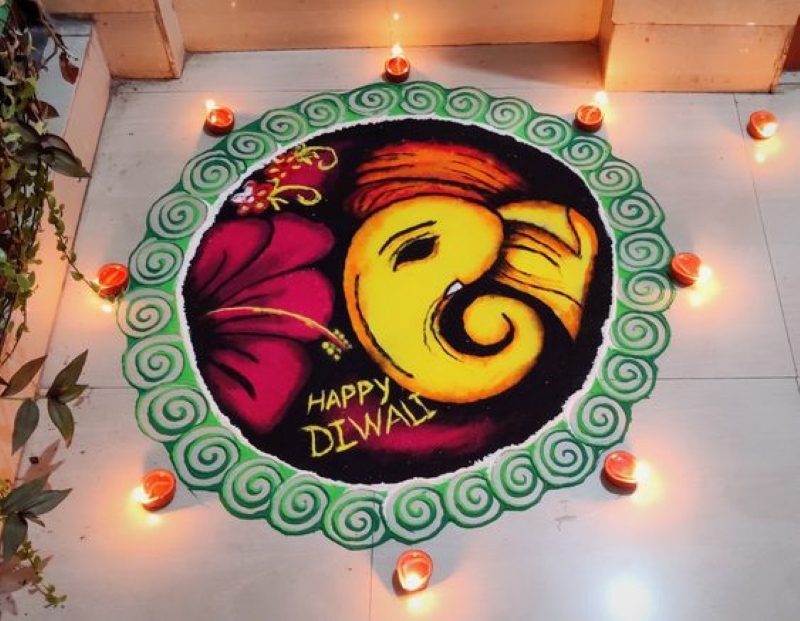
No auspicious task begins without first obtaining Lord Ganesh’s blessings. That is why, during the festivals, most people draw Ganesh rangoli. You may make a symmetrical rangoli with Ganesh in the middle or a simple freehand Ganesh murti.
Here’s all you need to know to make a lovely Ganesh rangoli:
Step 1: Outline the rangoli design you wish to make using chalk.
Step 2: Using chalk, outline the form of Lord Ganesh.
Next, Step 3: Draw beautiful patterns around Lord Ganesh’s outline.
Step 4: Use contrasting hues to enhance the visual appeal of a circular or symmetric rangoli.
iii) Dot rangoli
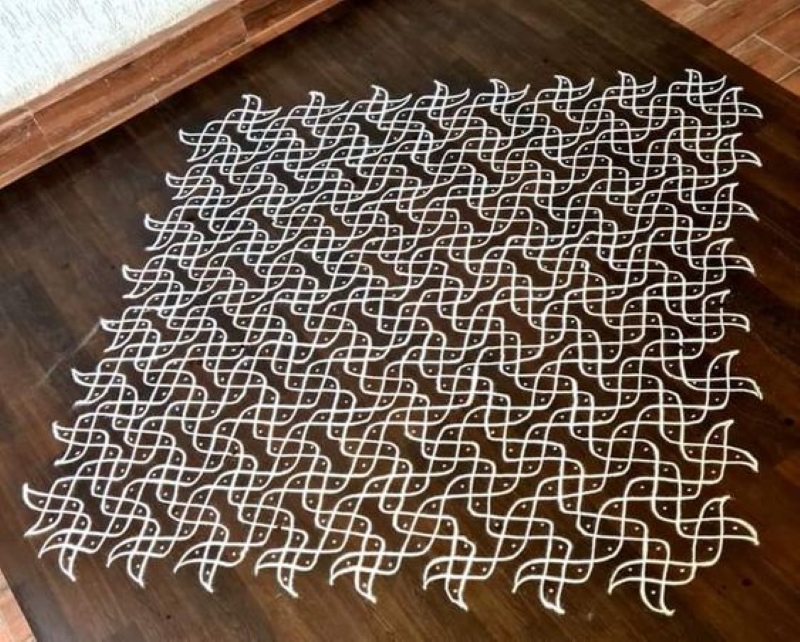
Connect dots to create intricate designs for a positive aura in your home. This is called dot rangoli or Kolam.
Step 1: Pick a pattern for your dot rangoli. There are several designs and patterns accessible on the internet.
Step 2: To make the design’s foundation, draw the dots with white rangoli.
Next, Step 3: To make the desired design, connect the dots with lines or curves. Remember to stick to the pattern and keep your lines symmetrical.
Step 4: Fill in the design with complementary hues that stand out.
Step 5: To complete the effect, add a final layer of white rangoli to the edges.
iv) Spiralling rangoli
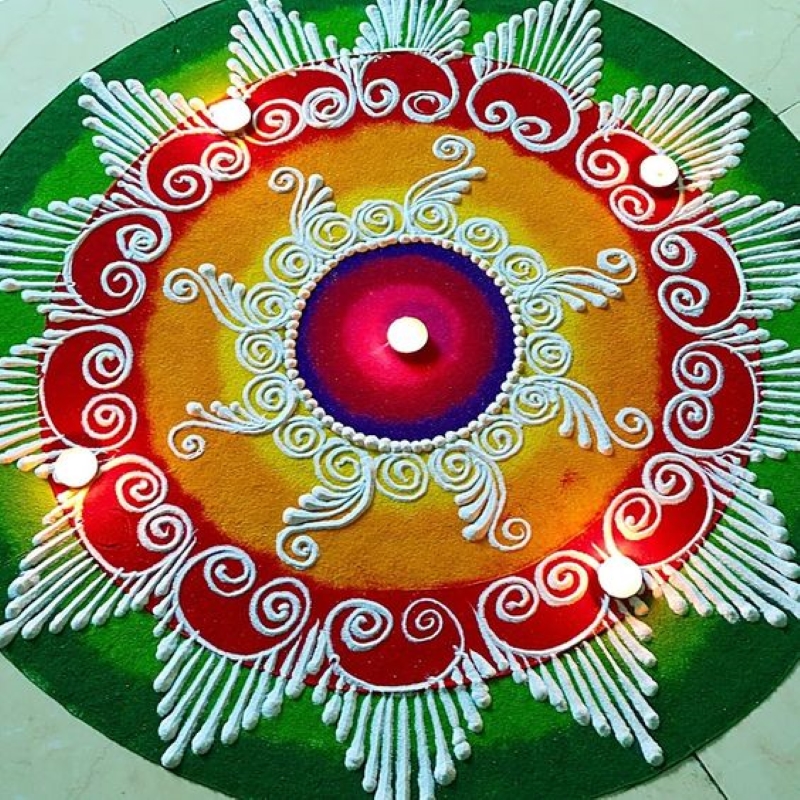
The Sanskar Bharti rangoli is a popular swirling pattern in India. You may decorate different-sized circles or semicircles with thin, spiral lines. Here’s how you make your first Sanskar Bharti:
Step 1: With chalk, make a tiny circular foundation.
Step 2: Draw swirling lines spreading outward from the core.
Last, Step 3: Add colors to the spirals to create a captivating design. For a dynamic effect, utilize varying shades of a single hue or many colors.
Step 4: To finish the design, fill any empty spots with extra patterns such as dots or little flowers.
v) Peacock rangoli
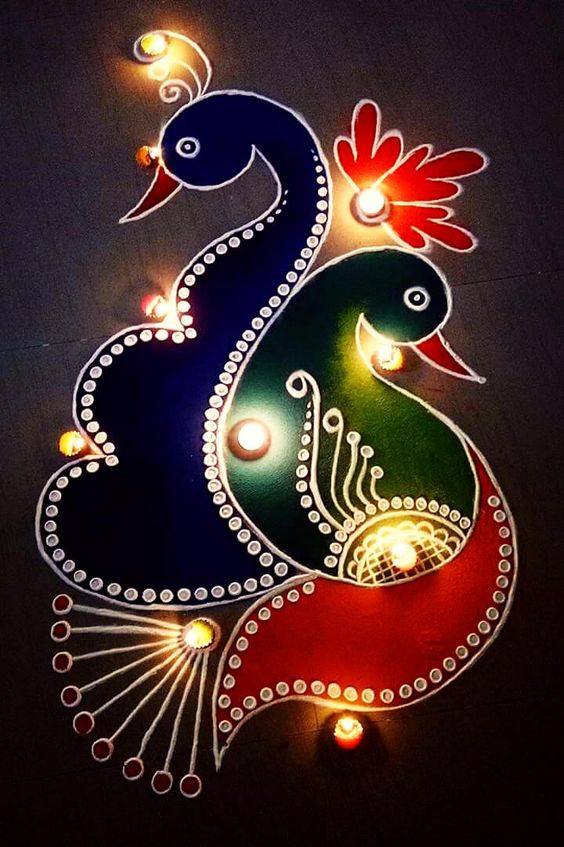
This is by far the most popular design used in rangoli. Peacock rangolis are often formed using blue, green, yellow, and white rangoli. Here are the simple methods for creating a peacock rangoli:
Step 1: Outline the peacock’s characteristics using chalk.
Step 2: Using colored powders or flower petals, fill each feather with vibrant hues like as blues, greens, and purples.
Next, Step 3: To bring the artwork to life, add delicate features to the feathers, such as finer lines or dots.
Step 4: To give a defined and finished effect, outline the whole artwork with white rangoli or tiny cones.
vi) Freehand rangoli
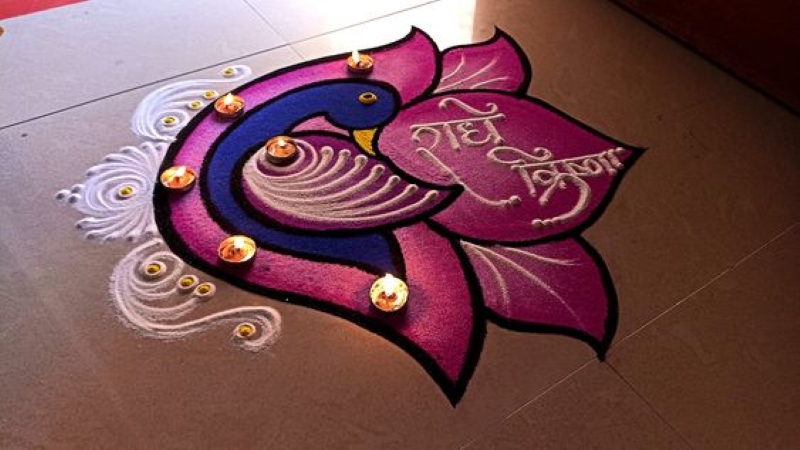
Try freehand rangoli if you don’t want to be limited by predefined designs. Simply select a hue and move your hand as desired.
Step 1: Create a rough outline. Because it is freehand rangoli, you may draw directly with colours.
Step 2: Add embellishments such as patterns, swirls, and dots.
Next, Step 3: Fill in the outlines and shapes using your preferred colours.
Step 4: Add finishing touches, such as emphasising the border.
vii) Flower rangoli
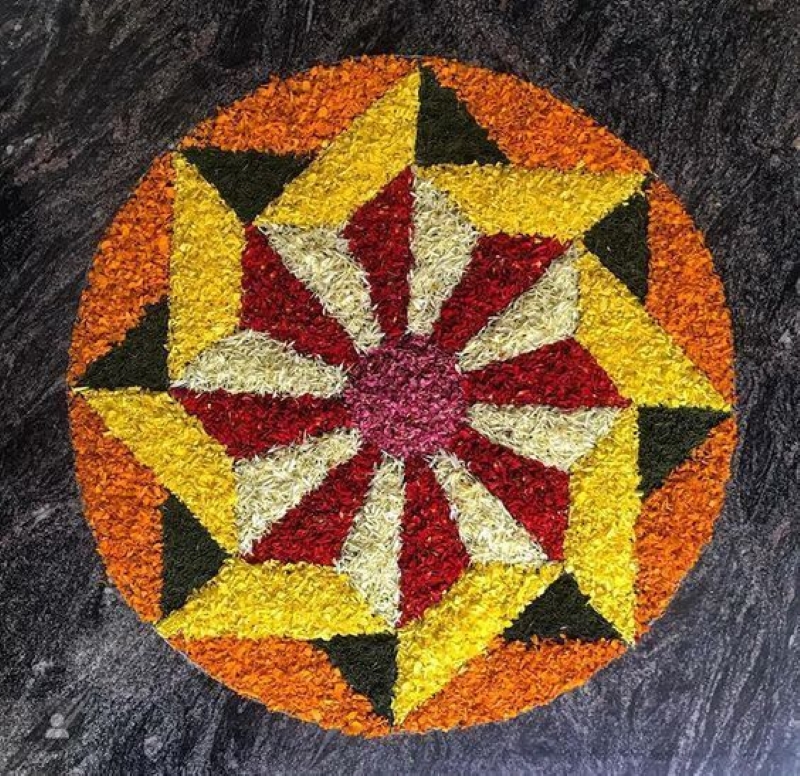
Rangoli is not restricted to a single hue. The floral rangoli provides a vast array of motifs to choose from. To make amazing rangoli designs, use natural components such as flower petals and leaves:
Step 1: Select a design and sketch a rough outline.
Fill the areas with flower petals and foliage of various hues and tints to give visual contrast.
Step 3: Add final touches by making tweaks or additions to get a clean appearance.
Popular Posts
- Thalapathy Vijay House: Inside photos, Address, and Net Worth
- 12 Vastu Plants to Energize Your Home and Bring Positive Energy
- Creating a Balanced Home: The Five Elements of Vastu Shastra Explained
Floral delights: Simple rangoli designs inspired by flowers
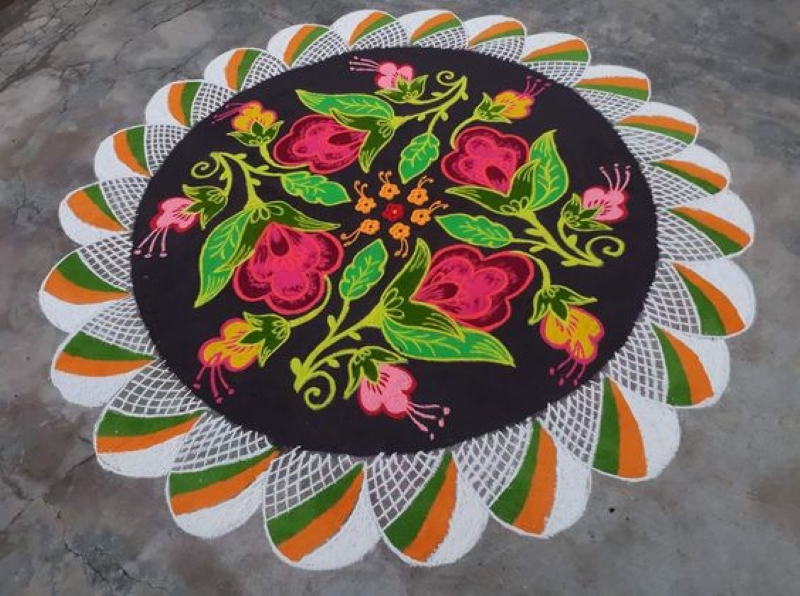
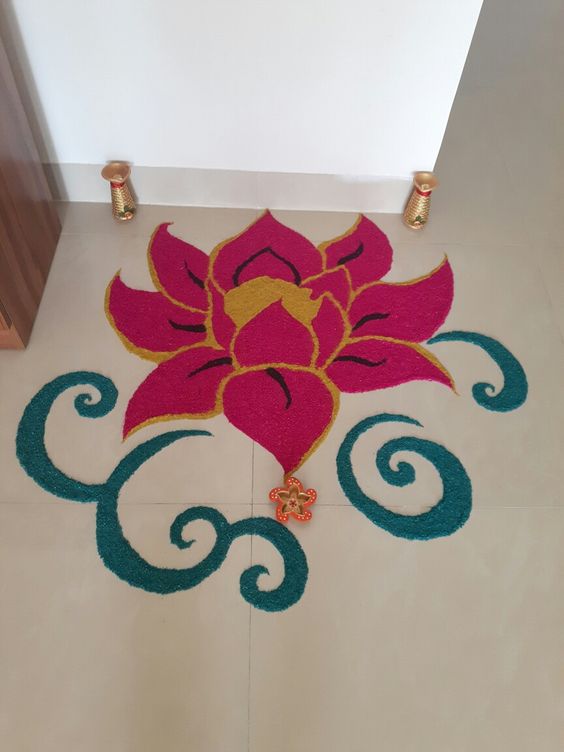
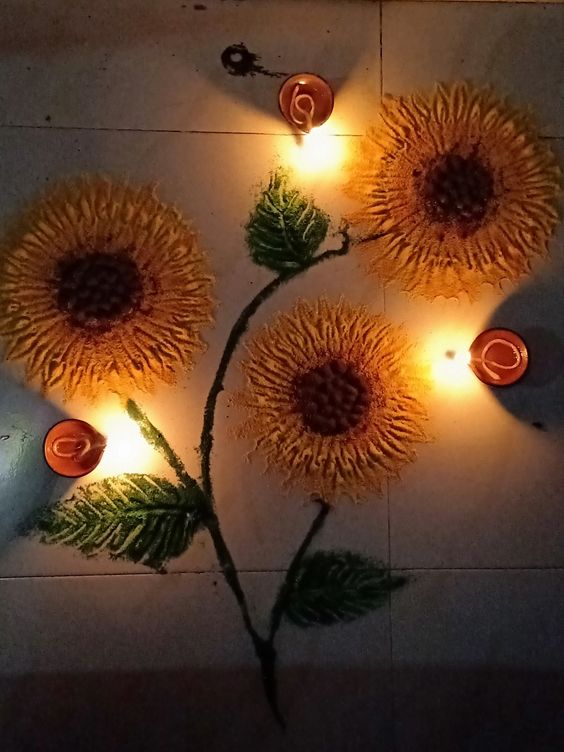
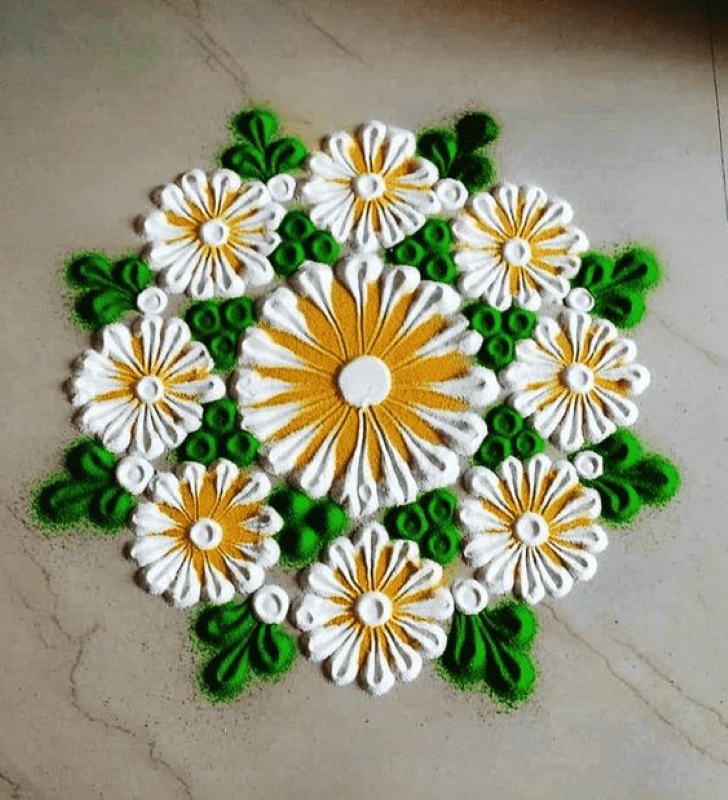
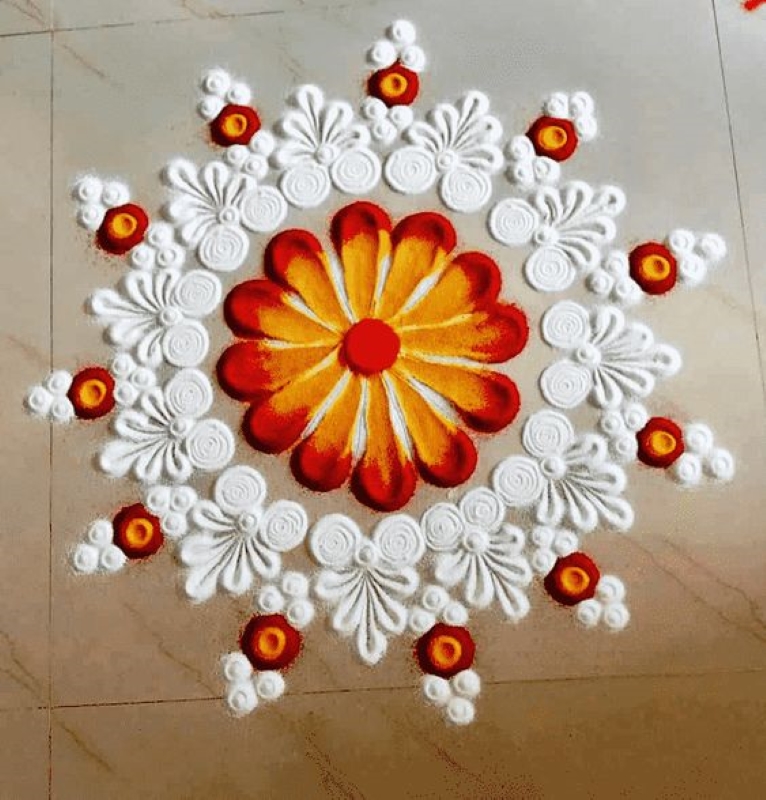
Flowers have always served as a popular inspiration for rangoli patterns. Flowers are one of the easiest and quickest rangoli patterns to create a pleasant and uplifting ambiance. Consider the lotus blossom design. Using freehand rangoli, you may create a variety of lotus motifs. Simply combine the growing lotus petals with elaborate patterns, spirals, and other elements.
Roses provide a nice touch to the rangoli. Make a freehand rose rangoli or add little roses to a bigger rangoli design. With the correct hues, even the most basic design can come to life. Other flowers, such as marigolds and daisies, are also beautiful. Elegant patterns may be created using a brilliant yellow or soft pink. Alternatively, use a variety of flowers to fully bring the rangoli to life.
Plots / Villas / Houses in Hyderabad
Traditional motifs in easy rangoli designs
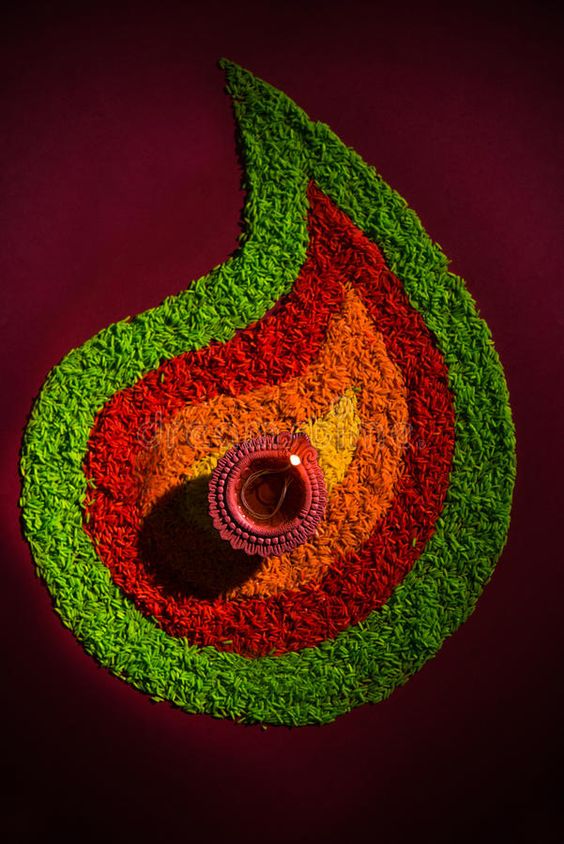
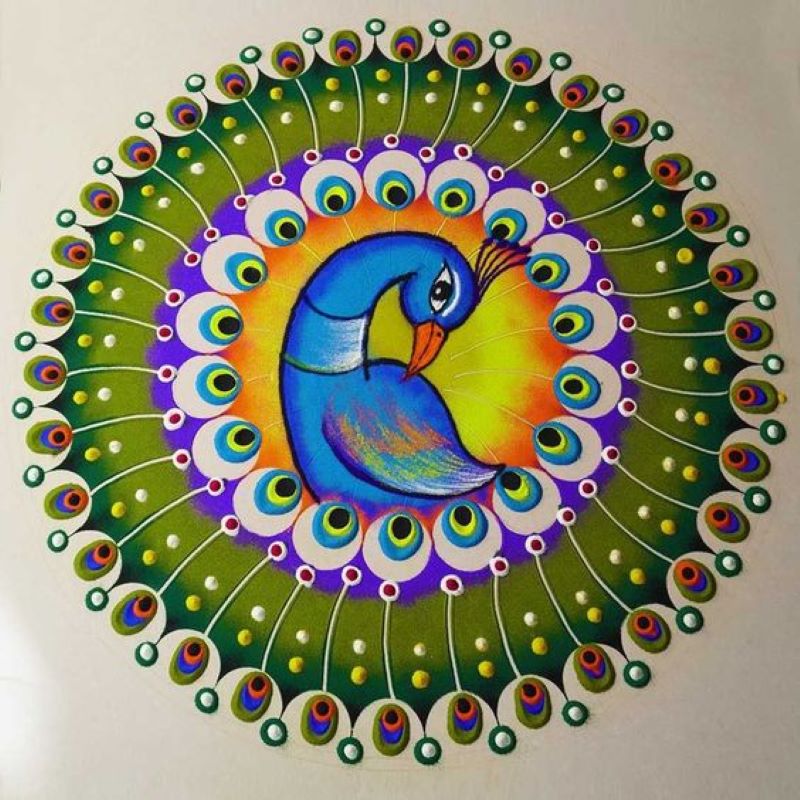
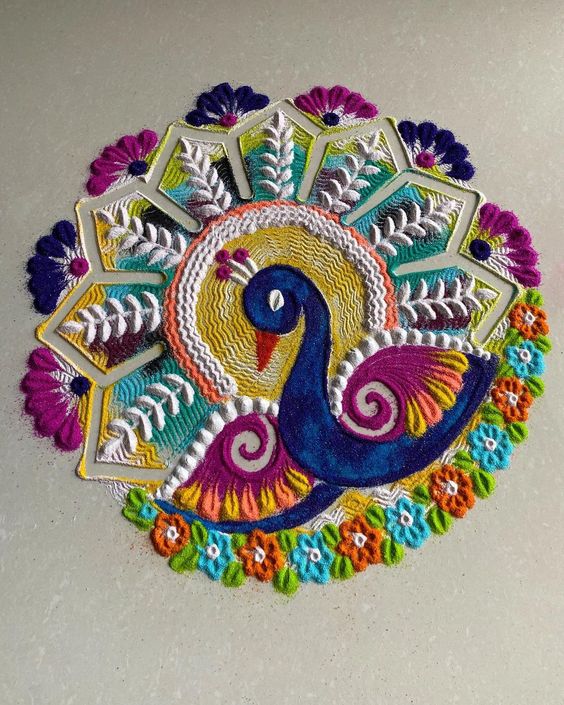
Traditional themes are culturally significant and are frequently used in rangoli patterns. They have symbolic meanings related with the numerous festivals and civilizations that we celebrate. Traditional themes include majestic peacocks, diyas (lamps), and the auspicious Om.
The peacock is associated with beauty, elegance, and spirituality. Diya motifs represent the triumph of light over darkness and are related to the Diwali celebration. Om, Swastika, and lotus are traditional patterns believed to bring luck and happiness into the house.
Click here to follow our WhatsApp channel
Colorful and lively: simple rangoli patterns made with colored powders
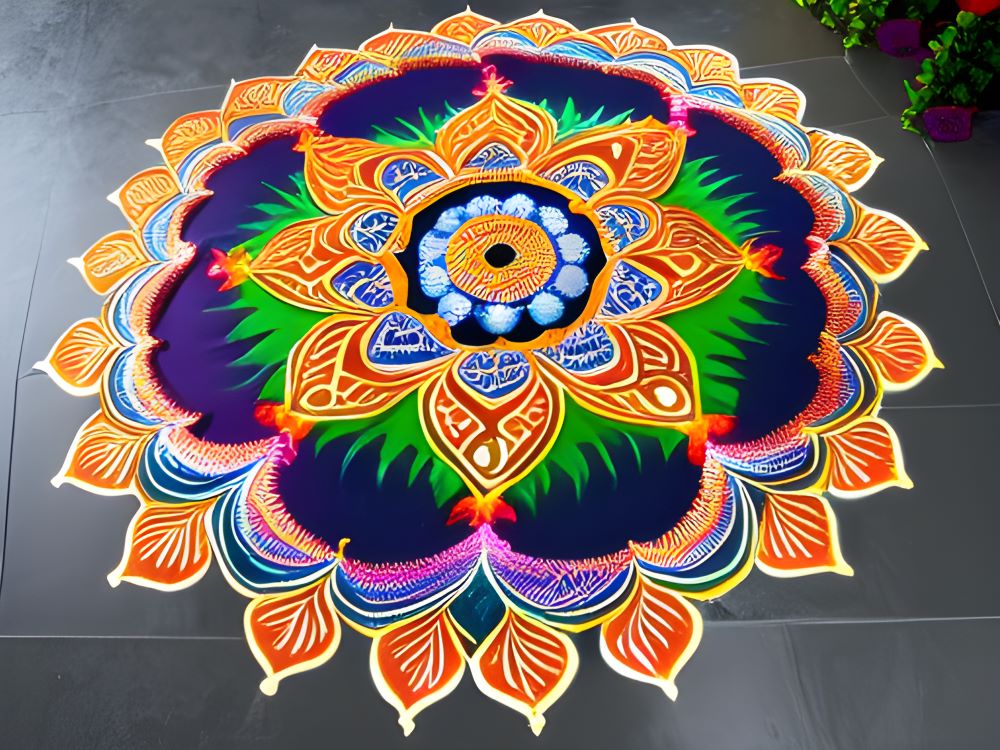
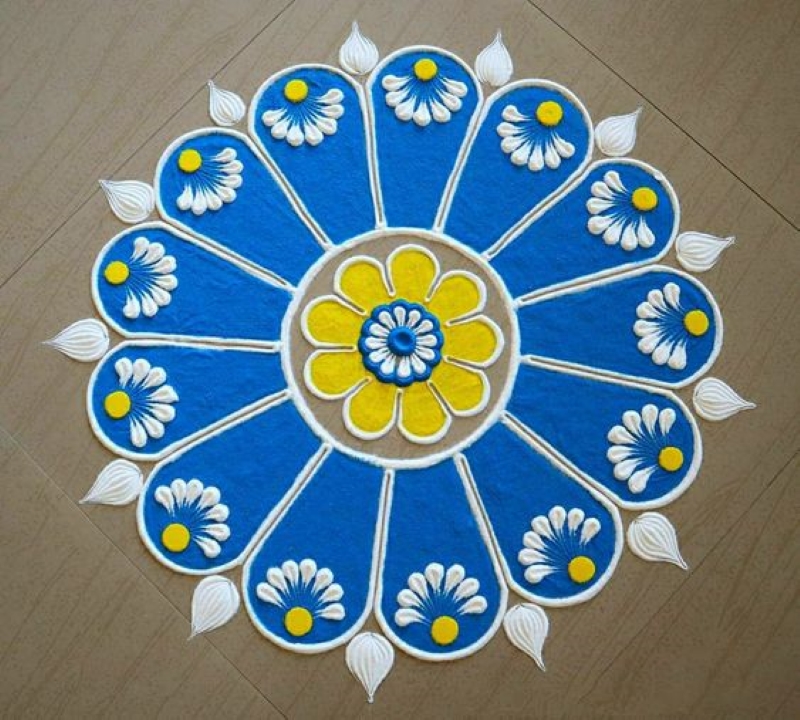
Colors are the core of rangoli; without them, the rangoli would be incomplete. There are several methods to include color in your rangoli. Make a gradient effect with multiple colors or use solid colors to cover a whole piece. Alternatively, to keep the rangoli basic, simply draw bright outlines. To create a sense of depth, add numerous layers to your rangoli artwork and fill each layer with a different hue.
Incorporating natural materials into basic rangoli patterns
Nature may always be included in rangoli. Rangoli patterns inspired by nature provide a sense of harmony. Draw a branch or stem and add leaf shapes along its length to get a leafy beauty. Fill the leaves with green tones to mimic the charm of lush vegetation. Draw little bird silhouettes and use bright colors to create a pleasant bird’s nest.
Nature rangoli designs now incorporate landscapes and scenes that are becoming increasingly popular. To make a realistic rangoli, include woods, mountains, rivers, and even settlements with little people silhouettes.
Conclusion
Beautiful rangoli patterns do not have to be difficult to create. Even novices may create gorgeous patterns with a little ingenuity and inspiration. So, even if this is your first time, gather your supplies and begin with a beginner-friendly rangoli. With these easy, simple rangoli patterns, you can unleash your artistic side, embrace the colors, and bring a touch of joy and beauty to your festivities.
Latest Articles
- Vijay Mallya Houses: “King of Good Times” Million-Dollar Homes
- Nani House Address: Inside Photos, Net Worth & More
- Hyderabad Regional Ring Road 2024: Latest News, Budget Allocation & Project details


















